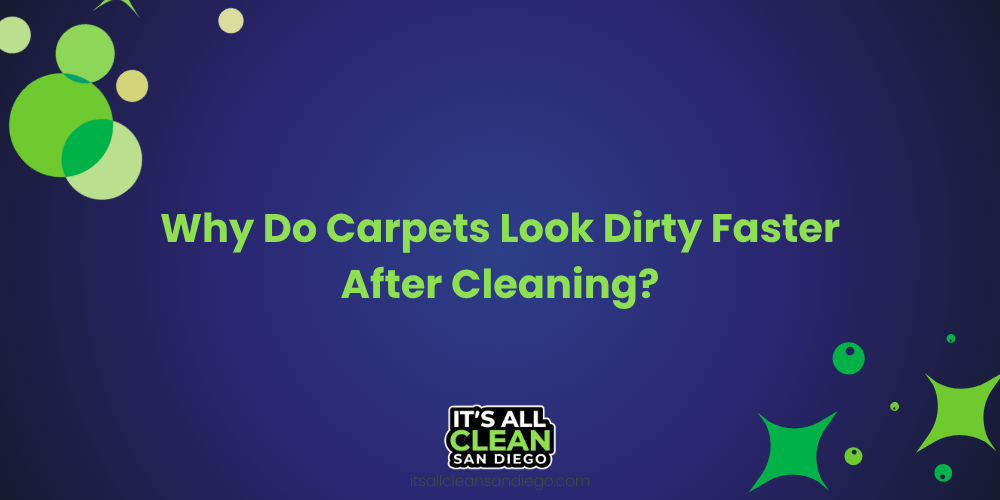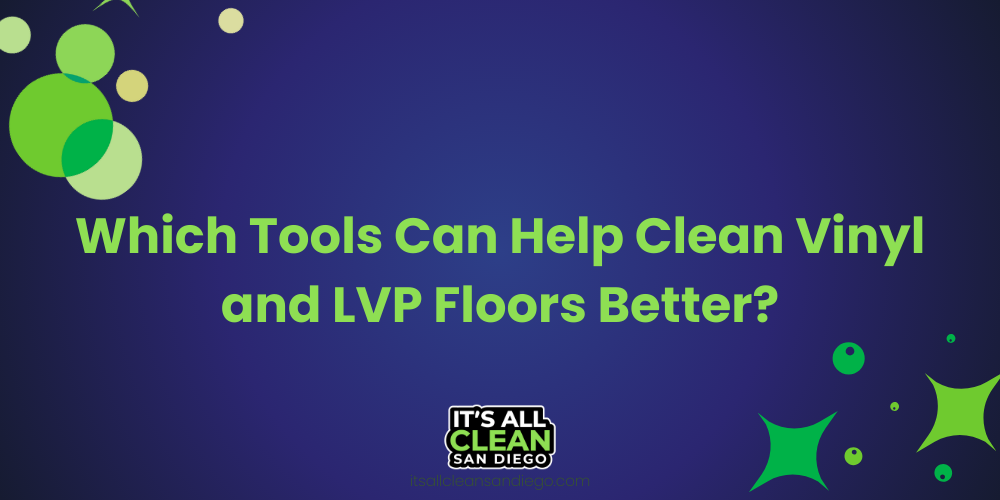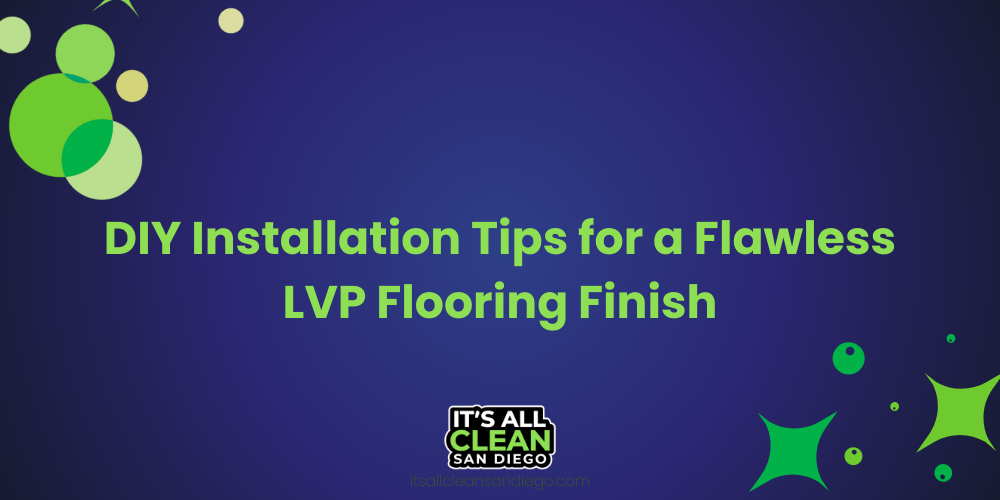San Diego, CA
When your couch or upholstered chairs start to look dull, smell musty, or show signs of stains and pet hair, it’s time for a deep clean. But here’s the big question many homeowners face: is it better to shampoo or steam clean your upholstery?
Both methods can refresh and sanitize furniture—but they work in very different ways. Choosing the right technique depends on your upholstery material, the type of stains you’re dealing with, and the results you want. Let’s break it down so you can decide what’s best for your furniture (and avoid accidentally damaging those delicate fabrics).

Understanding the Two Methods
1. Upholstery Shampooing
Shampooing involves applying a foamy detergent or cleaning solution to the fabric surface, agitating it to loosen dirt, and then extracting the residue with water or a vacuum.
It’s essentially a wet cleaning method that targets surface-level dirt, oils, and stains through scrubbing and chemical action.
How it works:
- A cleaning solution or foam is applied evenly.
- A soft brush or machine agitates the fabric, loosening embedded dirt.
- The foam traps soil particles.
- The mixture is extracted or wiped away, leaving the surface refreshed.
2. Steam Cleaning (Hot Water Extraction)
Steam cleaning—also known as hot water extraction—uses heated water vapor (not necessarily “steam”) under pressure to deep clean fabric fibers.
It’s the same process used for professional carpet cleaning but with controlled heat and moisture levels safe for upholstery.
How it works:
- Hot water (often combined with a mild detergent) is sprayed onto the fabric under low pressure.
- The water penetrates deep into the fibers, loosening grime, bacteria, and allergens.
- A powerful extraction vacuum immediately pulls out the moisture, dirt, and contaminants.
Pros and Cons of Shampooing Upholstery
Pros:
- Great for breaking down grease and heavy dirt, especially on older furniture.
- Some shampoos contain brighteners that enhance color and appearance.
- Effective for targeting visible stains on high-use furniture.
Cons:
- Can leave behind sticky residue if not properly extracted, leading to faster re-soiling.
- Takes longer to dry, which increases the risk of mildew or odor formation.
- Some shampoos contain harsh chemicals that may damage delicate or natural fibers.
- May not fully remove deep-set dirt or allergens.
Pros and Cons of Steam Cleaning Upholstery
Pros:
- Provides a deep, thorough clean that removes dirt from deep within the fibers.
- Kills bacteria, dust mites, and allergens, improving indoor air quality.
- Uses minimal or no harsh chemicals, making it safe for kids, pets, and sensitive skin.
- Dries faster than shampooing due to efficient extraction.
- Environmentally friendly—uses mostly water and heat.
Cons:
- Not all fabrics can handle high heat or moisture—delicate materials like silk or vintage upholstery may require dry cleaning methods.
- Professional equipment is usually required for best results.
- Can cause water marks or shrinkage if performed incorrectly.
When Shampooing Might Be the Better Option
There are times when upholstery shampooing makes sense—especially when dealing with visible surface stains, oily residues, or fabrics that can’t handle heat.
You might prefer shampooing if:
- Your furniture has heavy, set-in stains like grease, ink, or makeup.
- The upholstery fabric is thick and durable, such as microfiber or polyester blends.
- You’re doing spot cleaning rather than a full deep clean.
However, make sure to use a pH-balanced upholstery shampoo and rinse thoroughly to prevent residue buildup.
When Steam Cleaning Is the Best Choice
Steam cleaning is ideal for homeowners who want a deep, restorative clean without leaving behind soap or chemicals. It’s the go-to method for sanitizing and refreshing fabrics throughout the home.
You should choose steam cleaning if:
- You want to eliminate odors, bacteria, and allergens.
- Your upholstery smells musty or has been exposed to pets or spills.
- You’re cleaning natural fibers (like cotton or wool) that can handle controlled heat and moisture.
- You want a residue-free, quick-drying finish.
Professionals use specialized upholstery attachments that deliver just the right amount of moisture and suction, ensuring deep cleaning without overwetting or damaging your furniture.
The Role of Fabric Type in Choosing the Right Method
Not all fabrics are created equal. Before deciding between shampooing and steam cleaning, check your furniture’s care label, usually found under cushions or on the frame.
Here’s a quick guide to the common cleaning codes you might find:
- W – Use a water-based cleaner (safe for steam cleaning or shampooing).
- S – Use a solvent-based cleaner only (dry cleaning required).
- WS – Water or solvent-based cleaning is safe (either method works with caution).
- X – Vacuum or brush only (no liquids should be used).
If your upholstery is labeled “W” or “WS”, both shampooing and steam cleaning can be safe—but steam cleaning typically provides better results and fewer long-term issues with residue.
Can You Do It Yourself—or Should You Hire a Professional?
DIY upholstery cleaning machines can handle light touch-ups, but they often lack the heat, suction power, and precision needed for a deep, even clean.
Professionals use truck-mounted or commercial-grade systems that:
- Control water temperature and pressure precisely.
- Extract almost all moisture (reducing drying time).
- Use fiber-safe, eco-friendly cleaning agents.
- Customize methods based on your upholstery’s fabric and condition.
This ensures not only cleaner-looking furniture but also healthier, longer-lasting upholstery.
Which Is Better Overall?
If your upholstery can handle moisture and you’re looking for a deep, hygienic clean, steam cleaning is generally the better choice.
It removes embedded dirt, allergens, and odors more effectively than shampooing—without leaving sticky residues that attract more grime later.
However, if you’re treating localized stains or dealing with thick, heavily soiled fabric, shampooing can be a good short-term option—especially when performed by a professional who can ensure proper rinsing and drying.
Keep Your Furniture Looking and Feeling New
No matter which method you choose, the most important factor is technique and equipment. Improper cleaning—whether shampooing or steaming—can lead to water damage, discoloration, or mildew.
To keep your upholstery in its best shape, schedule professional cleaning every 12–18 months (or more often for high-traffic households or businesses). Regular vacuuming and prompt spot cleaning also go a long way in maintaining your furniture’s appearance between deep cleanings.
]
Let the Experts Handle It
For the best results, trust the professionals at It’s All Clean San Diego. Our team uses safe, advanced upholstery cleaning methods—including steam cleaning, low-moisture extraction, and fabric-specific treatments—to restore your furniture’s comfort and beauty.
Whether you’re dealing with stubborn stains, odors, or general wear, we’ll assess your upholstery’s material and choose the most effective and safe cleaning solution.
Contact It’s All Clean San Diego today for a free estimate and experience the difference that professional, eco-friendly upholstery cleaning can make for your home or business!
- All rights reserved -
It's All Clean San Diego © 2021
Pick a service, and we’ll be there.
Your go-to clean, green, full-service team.
Got a mess? We’ve got you covered. At It’s All Clean San Diego, we have professional commercial cleaning and residential house cleaning services for every need.
Our family-owned, full-service professional floor cleaning company has served residential and commercial customers in San Diego for nearly 20 years.










